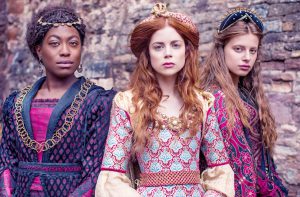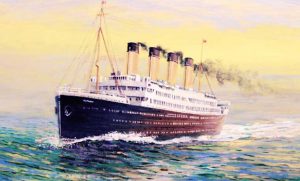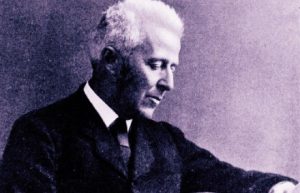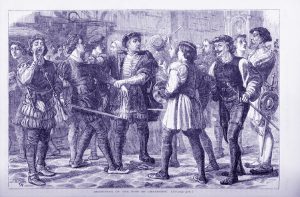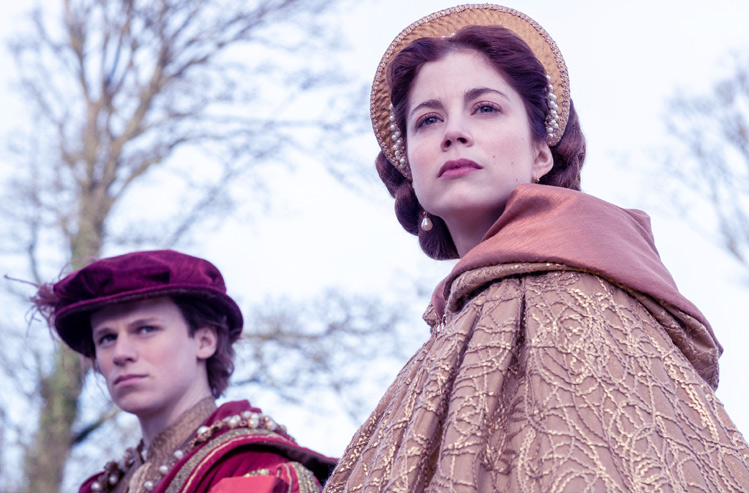
The Spanish Princess has captivated audiences with its lush costumes and dramatic portrayal of Catherine of Aragon’s early years, but how accurate is this Tudor-era television series when held up against the historical record? Based on Philippa Gregory’s novel, the show blends fact with fiction, often taking significant liberties with real events, characters, and timelines. In this essay, we’ll explore the historical inaccuracies in The Spanish Princess, separating the dramatized narrative from the documented truth about Catherine of Aragon, Henry VII, Elizabeth of York, Henry VIII, and the Tudor court.
With over 25 years of studying the Tudor period and a seven-book Tudor historical fiction series to my name, I bring a well-researched and passionate perspective to the lives of Henry VII, Catherine of Aragon, and the court that shaped them. If you enjoy peeling back the layers of fact and fiction in Tudor dramas, you’ll feel right at home here, and maybe even find yourself intrigued enough to explore my novels that bring this world to life in rich, imaginative detail.
Episode Six: A Polite Kidnapping
Catherine’s position weakens as enemies conspire against her. With her fate hanging in the balance, she must use every ounce of wit and diplomacy to remain in England and reclaim her place at court.
Tudor Family Drama Goes Public (Again!)
The Tudors remain inexplicably incapable of keeping their emotional meltdowns private. Prince Harry once again ridicules his father in public, taunting and mocking him without any fear of reprisal. This kind of behavior would have been deeply shocking at the time. The writers again project modern rebellious teenage behavior onto a boy shaped by a dynastic monarchy and strict political expectations. While royal children were indulged in private, they were raised from birth to revere authority and observe courtly decorum. Prince Harry was raised in the tightly controlled court of Henry VII, a man who valued loyalty, secrecy, and discipline. Public scenes, especially those that disrespected the sovereign, were not only shameful but dangerous. At this time, Henry VIII was still a teenager and under his father’s thumb. Most contemporary accounts mention him as subdued and chastened in his father’s presence, that the king forced him to be stoic and proper, a far cry from the popular, flamboyant man of his later years.
Henry VIII would later become obsessed with his image. He felt scandalized when his sisters behaved in ways he considered immoral. For all his flaws, he cared intensely about his reputation.
“Maybe I’ll Choose Another Heir!” (Except… You Can’t!)
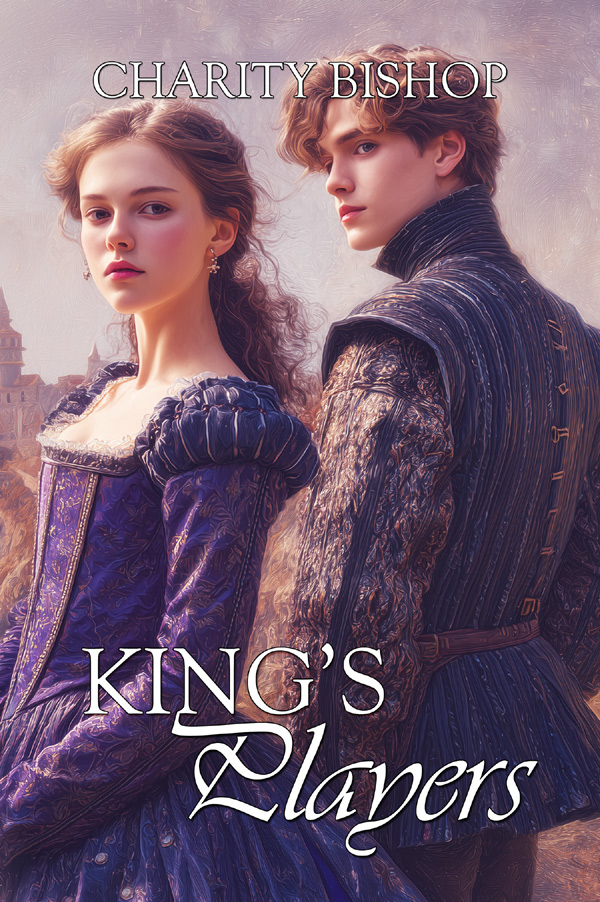
In a particularly ludicrous moment, King Henry VII yells at his son that he might choose a different heir. Who else could Henry name? With Arthur dead, his only surviving male heir is Harry. Daughters could not inherit under English common law without extreme complications, and Henry had no legitimized sons from mistresses to fall back on. (Unlike Spain, England had no faith in a Queen being able to rule England, because the last time she tried, her male cousin engaged the kingdom in a decades-long war for the throne!) Henry VII’s obsession with dynastic security is what led to his meticulous handling of his children’s political marriages and their reputations. Any public rift would threaten the stability he spent years building. More to the point, Henry VII was not prone to irrational outbursts. He ruled with a cool head and calculated moves, not empty threats. If anything, Henry’s desire to secure the succession would have made him all the more careful to protect Harry, not alienate him.
Henry’s Morality vs. Harry’s Hypocrisy
The moment where Harry criticizes his father for moral failings is, frankly, absurd. Henry VII was one of the only monarchs of the period with no acknowledged mistresses or illegitimate children. He was a faithful husband to Elizabeth of York, unheard of among kings of the age (and one of the reasons why I fight to protect his reputation, even though in other respects he could be cold-hearted and ruthless). While some historians debate whether his chastity was due to love or calculated image control, the fact remains: he was faithful. It’s ironic to have the historically philandering Henry VIII (as he would become) accuse his faithful father of lacking virtue.
Even more absurd is the physical altercation that follows, with Henry VII striking his son across the face. Henry was a master of silent intimidation and icy control. A public slap? Oh, hell no. Henry VII treated known threats (such as Edmund de la Pole) ruthlessly from behind closed doors. He plotted their downfall and enlisted his enforcer (Sir Thomas Lovell, a player in my novels but not in this series) to entrap and arrest them, all the while being pleasant to their faces. These are not the actions of a man prone to losing his temper in public.
Juana of Castile, the Real “Mad” Queen
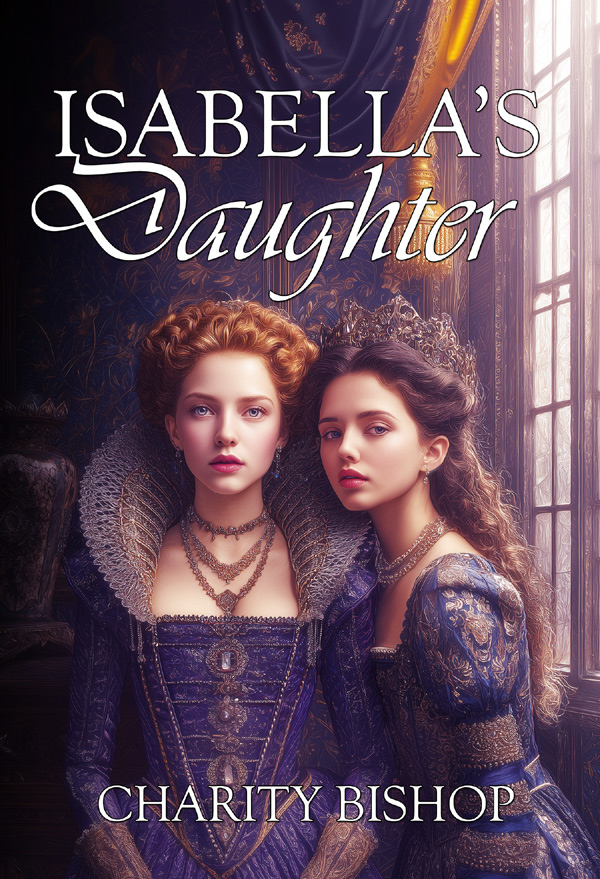
I am honestly shocked and horrified at the slander leveled against Juana and her mother Isabella in this episode. In Philippa Gregory’s world, no two women can be in a scene together without being rivals. Enter Juana of Castile, here depicted as petty, cruel, and envious of her little sister Catherine.
Historically? Not even close.
Catherine had already learned of Queen Isabella’s death before Juana arrived. Catherine went to greet her sister and brother-in-law with hopes they might assist her politically and financially. Juana was not hostile to Catherine, merely distracted and deeply mired in her own personal grief and marital abuse. The show invents a jealous, scheming Juana who taunts Catherine over their mother’s memory and storms through court like a scorned seductress. The real Juana was subdued, religious, and emotionally fragile. She did not seduce Henry VIII or blaspheme openly. In fact, even while imprisoned for much of her life, she remained devout, hearing Mass and keeping religious fasts.
Her tragedy wasn’t that she was dangerously ambitious, but used as a pawn, declared insane by both her husband and father so they could control her inheritance. Even today, historians argue over whether Juana was truly insane or simply depressed, bipolar, or politically inconvenient. But the truth is, we will never know. Many of the stories of her hysterics and mental instability could have been fabricated in hindsight to cover up her father and husband justifying taking power from her, ruling Castile in her name, and locking her up in castles for most of her life. (They were jerks. End of subject. Actually, I could use a worse name for them.)
The Fabricated Abuse of Isabella of Castile
I honestly don’t understand whether these writers love women or hate them, because they make all the women suck on a deep level. You have to have some hardcore misogyny to want to turn all these historical women (some of them amazing) into heinous bitches.
One of the most ludicrous claims in this episode is Queen Isabella tortured her daughter Juana by stringing her up and placing weights on her ankles as punishment for heresy. There is no evidence for this anywhere. Isabella was strict, but the claim she physically tortured her daughter is total hogwash. Isabella is remembered as a strong, devout woman whose political ambitions sometimes clashed with her children’s autonomy, but not a sadist. This scene is pure slander against a feminist of her time.
Isabella I of Castile was one of the most formidable female rulers in history. With her husband, Ferdinand of Aragon, she unified Spain, funded Columbus’s voyages, and led the Christian reconquest of the Iberian Peninsula. She was fiercely intelligent, politically astute, and deeply pious. Her foresight allowed her to make Spain one of the richest kingdoms on earth (the instant Columbus returned with stories of new territories, she wrote to the Pope to request that Spain could profit from the New World).
Her Catholic convictions shaped her policies, including religious reforms within the Spanish clergy and the establishment of the Inquisition and the expulsion of the Jews in 1492, but Isabella was not a tyrant within her family. She personally educated her daughters and ensured they were well-versed in languages, diplomacy, and theology. Letters and accounts from the time show a mother who cared about her children’s welfare and arranged strategic marriages to secure their futures. There is no evidence he physically abused any of them. In fact, she expressed concern over Juana’s well-being in her later years, and asked for prayers for her daughter’s health and peace of mind.
Isabella’s faith followed the Catholic understanding of the time: obedience to the Church, spiritual discipline, and the conviction that personal suffering had redemptive value. She was more likely to impose a strict fast or penance than anything resembling physical punishment. Despite her controversial prejudice against the Jews and her fierce determination to convert all Spaniards to the Catholic Church, Isabella was ahead of her time in many ways. She funded the education of women, reformed the clergy, and wrote a will that emphasized her spiritual obligations over her political victories.
She deserves a lot better than what this show gave her.
Love Real History? Read Isabella’s Daughter
If you’re fascinated by this chapter of Tudor and Spanish history, don’t miss Isabella’s Daughter. My novel explores the true events surrounding Catherine of Aragon’s struggles at the English court, her sister Juana’s arrival in England, the complicated politics of her marriage to Philip of Burgundy, and the betrayal that changed everything. You’ll also follow Sir Thomas Lovell as he hunts a dangerous traitor and experience the world as Catherine lived it in my thrilling finale!
